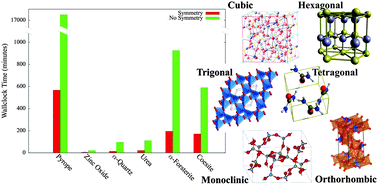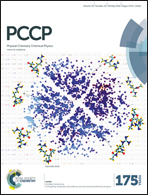The internal-strain tensor of crystals for nuclear-relaxed elastic and piezoelectric constants: on the full exploitation of its symmetry features
Abstract
Symmetry features of the internal-strain tensor of crystals (whose components are mixed second-energy derivatives with respect to atomic displacements and lattice strains) are formally presented, which originate from translational-invariance, atomic equivalences, and atomic invariances. A general computational scheme is devised, and implemented into the public CRYSTAL program, for the quantum-mechanical evaluation of the internal-strain tensor of crystals belonging to any space-group, which takes full-advantage of the exploitation of these symmetry-features. The gain in computing time due to the full symmetry exploitation is documented to be rather significant not just for high-symmetry crystalline systems such as cubic, hexagonal or trigonal, but also for low-symmetry ones such as monoclinic and orthorhombic. The internal-strain tensor is used for the evaluation of the nuclear relaxation term of the fourth-rank elastic and third-rank piezoelectric tensors of crystals, where, apart from a reduction of the computing time, the exploitation of symmetry is documented to remarkably increase the numerical precision of computed coefficients.



 Please wait while we load your content...
Please wait while we load your content...